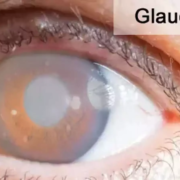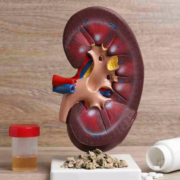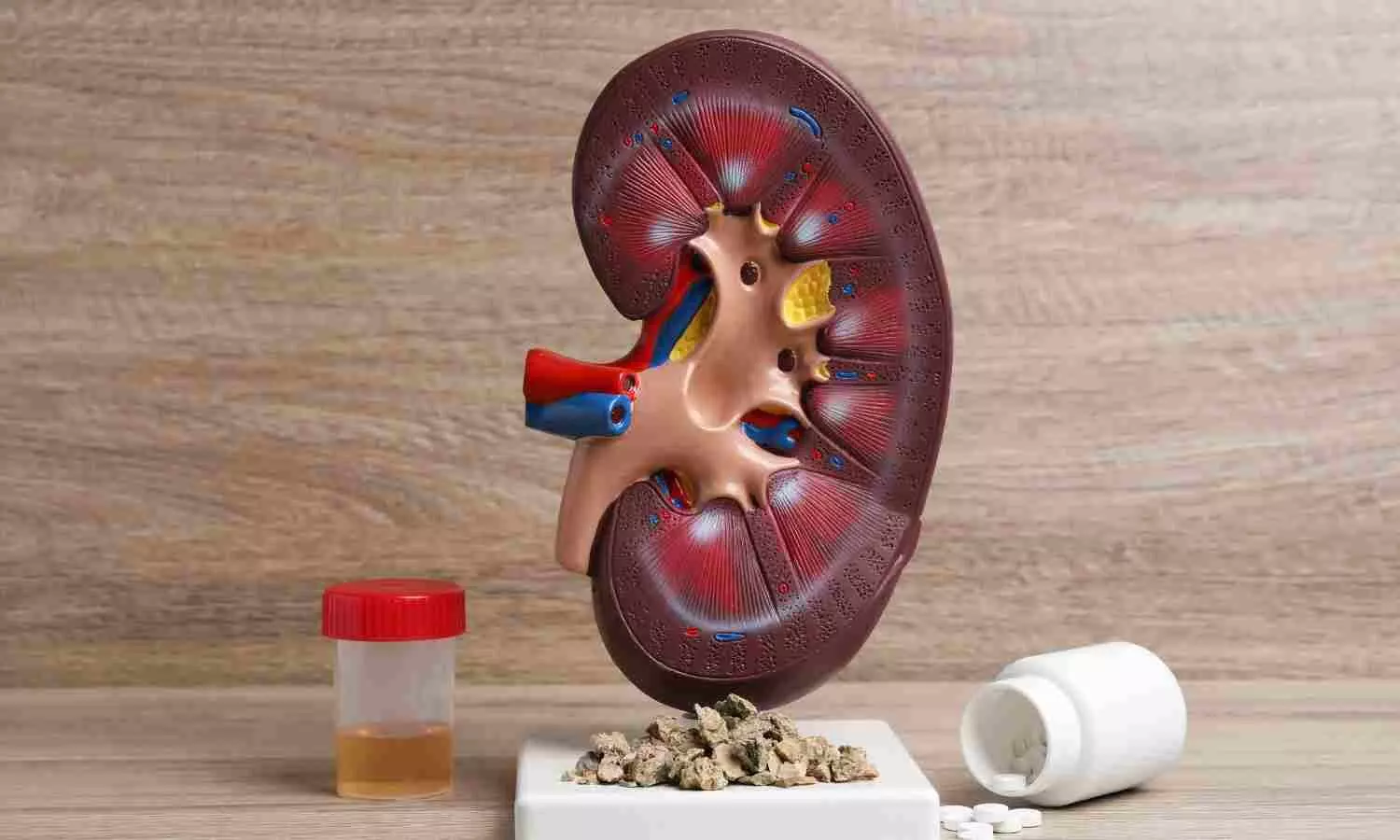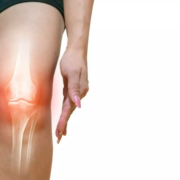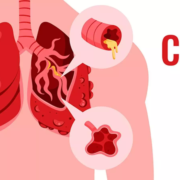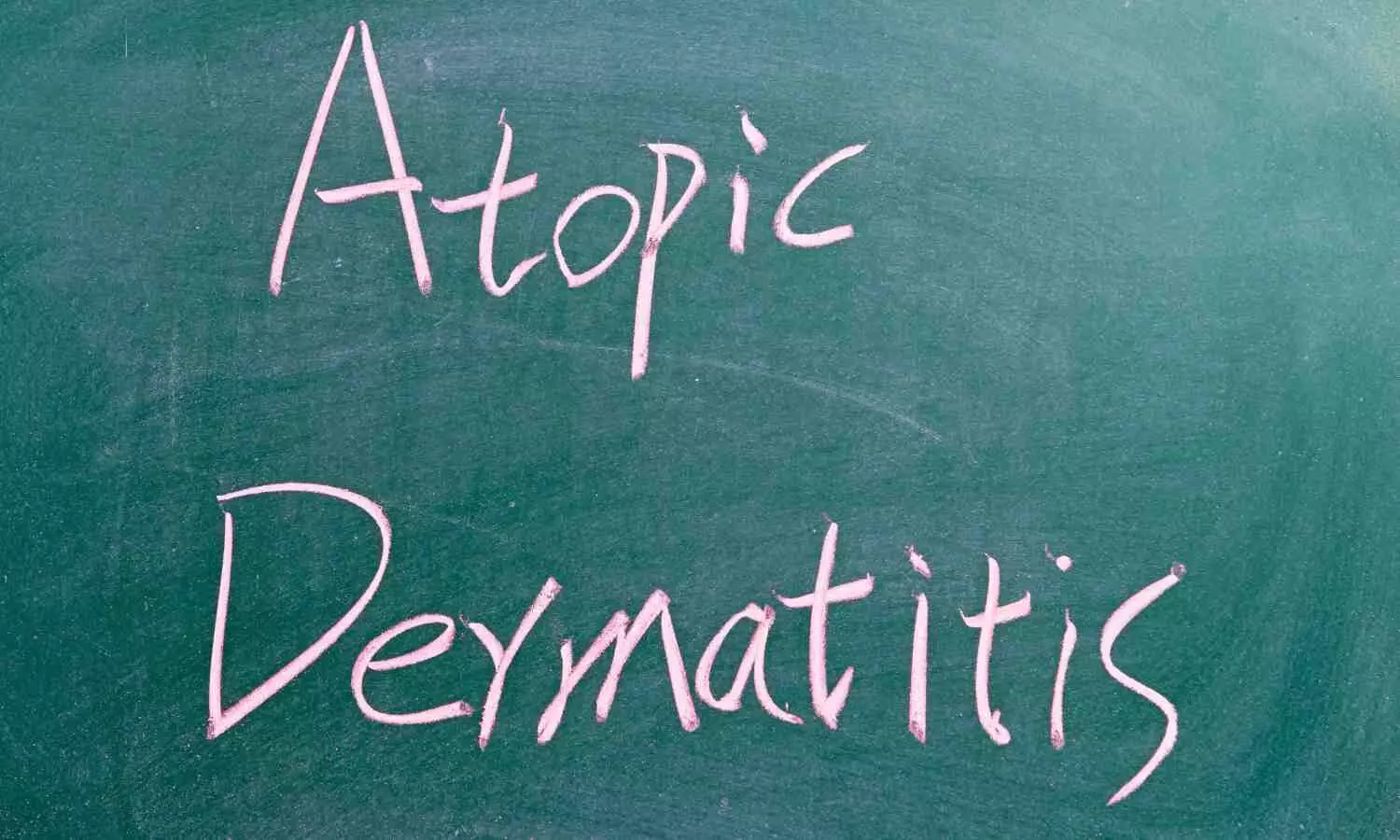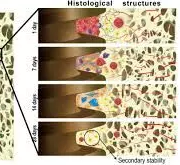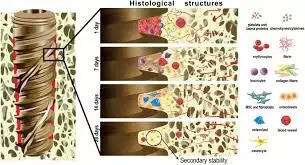GLP-1 Receptor Agonists Linked to Lower Glaucoma Risk Compared to Metformin in Type 2 Diabetes Patients: Study

USA: A recent comparative study has uncovered promising evidence that GLP-1 receptor agonists may offer significant ocular benefits over metformin for patients with type 2 diabetes, particularly in reducing the risk of glaucoma. The findings, which highlight a potential new advantage of GLP-1 receptor agonists, could influence future treatment strategies for managing diabetes-related complications.
“GLP-1 receptor agonists are linked to a substantially reduced incidence of primary open-angle glaucoma (POAG), ocular hypertension, and the requirement for first-line glaucoma treatments compared to metformin in patients with type 2 diabetes,” the researchers wrote in Ophthalmology.
Glaucoma, a leading cause of vision loss, often presents in individuals with type 2 diabetes due to various factors, including elevated intraocular pressure and poor metabolic control. Traditional treatments for diabetes primarily focus on managing blood glucose levels, with metformin being one of the most commonly prescribed medications. In the study, Iqbal Ike K Ahmed, John A. Moran Eye Center, University of Utah, Salt Lake City, USA, and colleagues compared the impact of glucagon-like peptide-1 (GLP-1) receptor agonists and metformin on the risk of primary open-angle glaucoma, ocular hypertension, and the necessity for first-line glaucoma treatments in individuals with type 2 diabetes.
For this purpose, researchers conducted a retrospective cohort study using electronic medical records (EMR) from an international health record network, spanning from May 2006 to May 2024. The study focused on patients diagnosed with type 2 diabetes mellitus (T2DM) who were treated with either GLP-1 receptor agonists or metformin. Data from 120 healthcare organizations across 17 countries were analyzed, with patient outcomes assessed at 1, 2, and 3 years.
Propensity score matching (PSM) was utilized to balance covariates such as demographics, comorbidities, and medication usage. Risk ratios (RR) were calculated to evaluate the incidence of primary open-angle glaucoma (POAG), ocular hypertension, and the need for first-line treatments, including beta-blockers, prostaglandin analogues, brimonidine, brinzolamide, dorzolamide, netarsudil, and laser trabeculoplasty.
The study revealed the following findings:
- After PSM, both groups included 61,998 patients at the 1-year follow-up, 27,414 at the 2-year follow-up, and 14,100 at the 3-year follow-up.
- Patients treated with GLP-1 receptor agonists had a significantly decreased risk of developing POAG compared to those on metformin at one year (RR 0.59), two years (RR 0.50), and three years (RR 0.59).
- There were similar protective effects for ocular hypertension, with risk reductions of 56% at one year (RR 0.44), 57% at two years (RR 0.43), and 49% at three years (RR 0.51).
- The risk of first-line therapy initiation was also lower in the GLP-1 receptor agonists group at one year (RR 0.63), two years (RR 0.71), and three years (RR 0.75).
“These findings underscore the potential eye-related benefits of GLP-1 receptor agonists and their growing importance in the clinical management of diabetic patients,” the researchers concluded.
Reference:
Muayad J, et al “Comparative effects of GLP-1 receptor agonists and metformin on glaucoma risk in type 2 diabetes patients” Ophthalmology 2024; DOI: 10.1016/j.ophtha.2024.08.023.
Powered by WPeMatico

